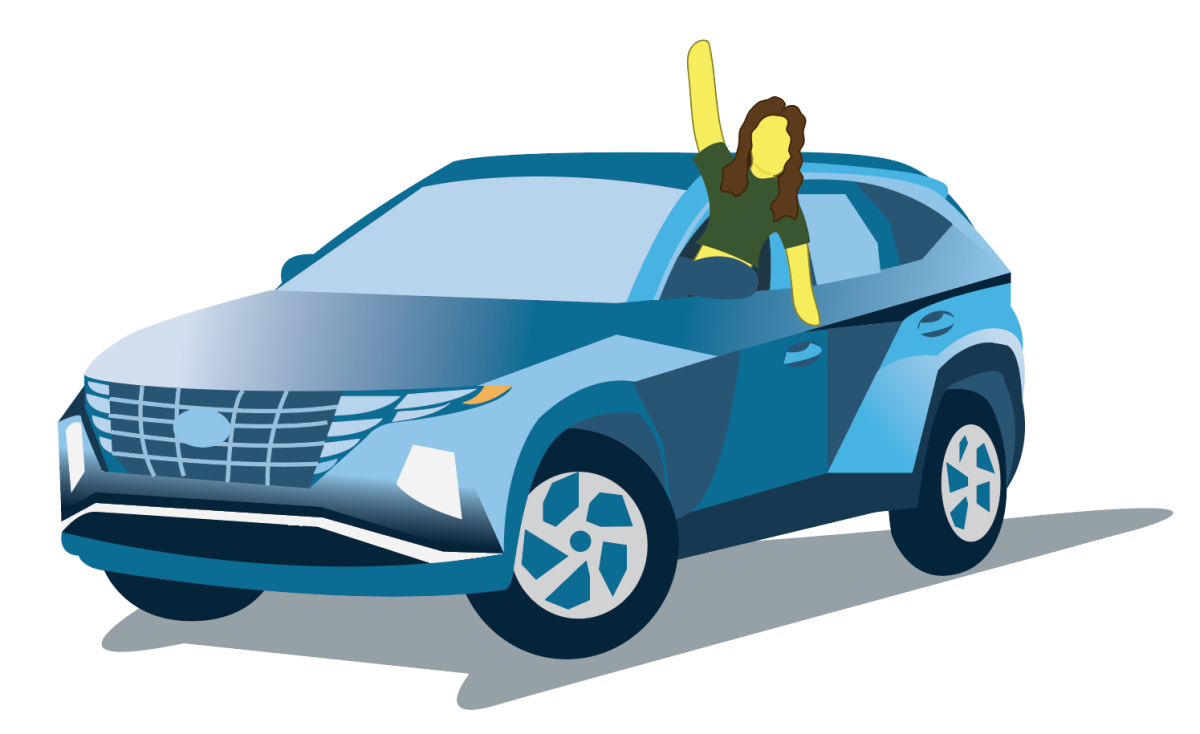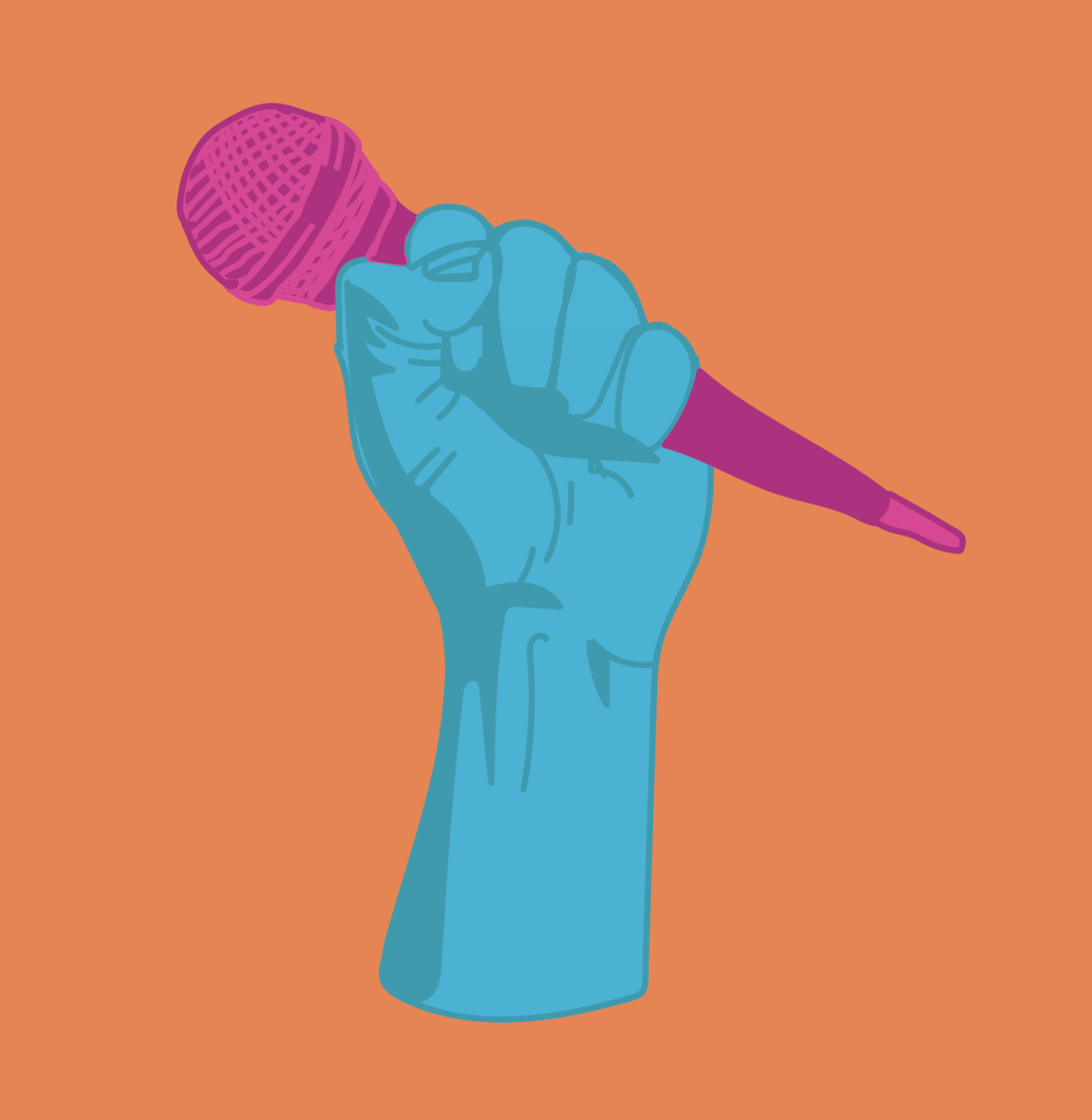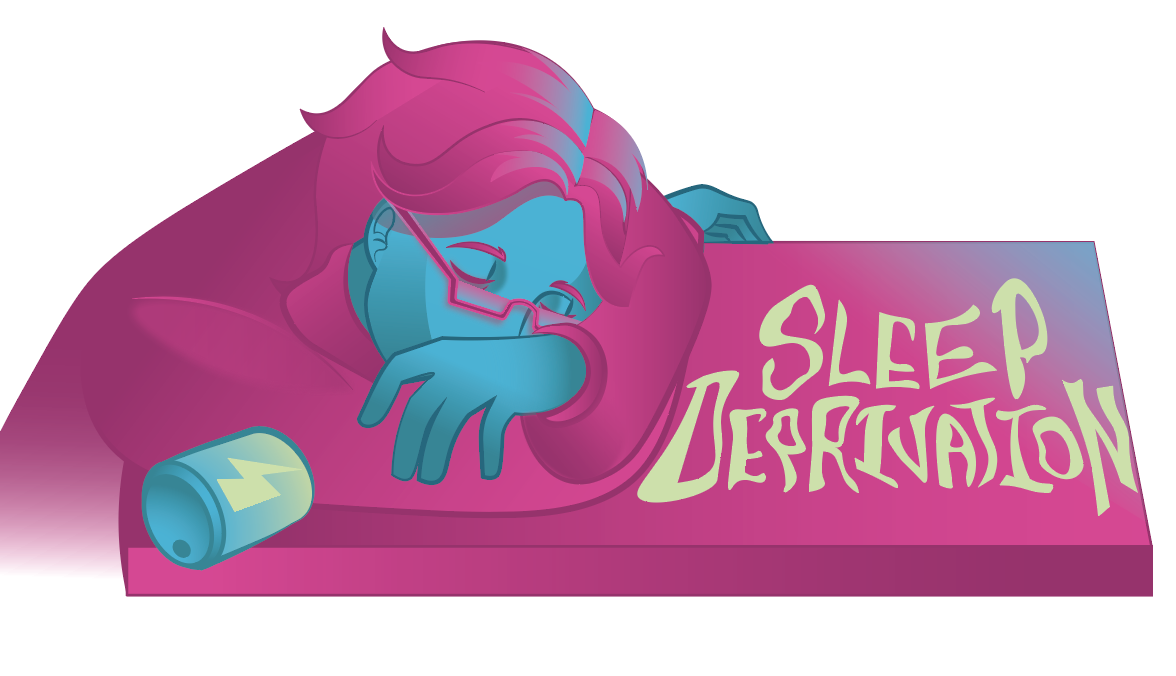Bright flashy colors, catchy tag-lines, and a plethora of dazzling flavors. These characteristics of many e-cigarette ads make it hard not to catch the eye of any teenager stopping by the gas station for a simple bag of chips.
Distracted by the aesthetic, fun narrative that e-cigarette companies advertise, teens get roped into an addiction that is anything but fun to quit.
Recognizing generational parallels
When the most popular nicotine product among the youth of a generation was the standard cigarette, big companies were found guilty of marketing a harmful and addictive product to younger people, now many are recognizing and taking action against the marketing of the most popular nicotine product of today, the electronic cigarette.
“They put in flavors, which draws a kid’s attention to come in with colors and flavors and all that stuff,” Bowie health teacher and baseball coach Samuel Degelia said. “So, that’s what’s drawing in kids now. It used to be just the commercials, now they have to go to flavors because they can’t do commercials anymore,”
The bright colors, flashy flavors, and aesthetic based marketing tactics utilized by today’s e-cigarette companies, parallel the ‘fun’ narrative many remember big cigarette companies selling to their audience.
“It’s kind of like the commercials of the cigarette companies,” pediatrician at Austin Regional Clinic Heidi Busceme said. “Back when they would have the good looking women with their cigarettes, and how pretty they all looked. It was a cool thing at that time.”
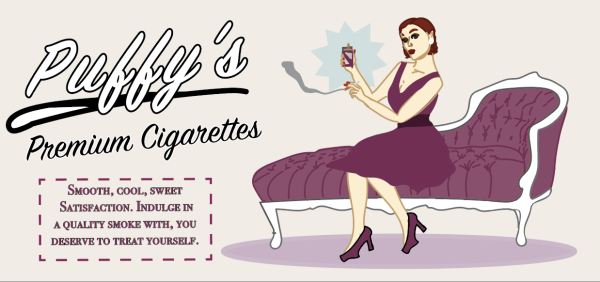
The commercials depicting lavish ladies, as Buschemi described, who made smoking a cigarette something desirable, were advertised to all, including the most impressionable ages.
“Back in the 70s and 80s, when you’d drive down the road, you’d see those big billboards that used to have a Joe Camel on it, and it would have the smoking Joe. I mean, it was all out there,” Degelia said. “You don’t see that anymore, so somehow it’s getting out there.”
When commercials for cigarettes aired on most American TV’s, teen smoking rates were significantly higher than they are today. Still, e-cigarette companies’ biggest customers are aged 10-19 years, according to a research paper published by Population Medicine in 2022.
“Everybody smoked cigarettes, and it was cool to do, and it was no big deal. I think a lot of people perceive that now, maybe not quite to the extreme, because I think hopefully we’re a little bit smarter, this generation,” Busceme said. “But I definitely think they don’t see this as a big deal, and because of that, they get roped into this addiction, and then they wish they hadn’t.”
Bright colors make black lungs
Today, e-cigarette companies, like Juul, Vuuse, and Elf Bar, are seen everywhere, on social media, in convenience and grocery stores, in magazines, and many other mediums consumed by teenagers.
“I feel like they are definitely marketed towards younger people,” senior Audrey Nixon said. “They’re shown to be something super cool. There are bright colors involved, showing the different colors of the flavors that they have.”
These e-cigarette companies have been examined by institutions like the World Health Organization who said in May, 2024 that ‘these products’ fruit and candy flavors, designs that appeal to children and youth and widespread social media marketing are hooking youth around the globe.’

“I think that they just make them more cool or exciting for younger kids to do, they make it look like it’s not a big deal,” Busceme said. “They make it look like it’s not dangerous by making it flavored like watermelon or strawberry.”
The World Health Organization also noted how ‘research in the United States of America found that more than 70% of youth e-cigarette users would quit if the products were only available in tobacco flavor.’
“The reason vapes came out in the first place was to be a smoking sensation to help stop smoking,” Busceme said. “That was the whole point of E-cigs. And to that end, they didn’t need to add in flavors. They didn’t need to make them cute. They didn’t need to make them exciting for kids to use them.”
Nicotine poses a number of harmful health effects to its users, but when teens get access to nicotine products they are far more susceptible to many of its dangers because of their growing bodies.
“The biggest concern that we have as pediatricians with using vapes and other drugs with the [young generation] is the risk of increasing addiction to a developing brain,” Busceme said. “So, a brain that’s still developing the frontal cortex all the way up until the mid 20s, is much more likely to develop addiction to the things they’re exposed to than if you’re older.”
The ‘fun’, ‘cool’, and ‘colorful’ presentation of e-cigarettes, are misleading to the appearance of a pair of lungs who have inhaled years of the nicotine and many chemicals e-cigarettes contain.
“I don’t think they understand the long term effects and what it can do,” Health teacher Elizabeth Wissel said. “In vaping or in cartridges, they put all different types of chemicals in there. We don’t know if it’s just nicotine. So, you don’t really know what you’re vaping or what’s going inside of your lungs.”
Taking advantage of gen Z mediums
An overwhelming amount of American teenagers are on at least one form of social media, where all kinds of videos are shared, including those depicting popular influencer’s using nicotine products.
“If you have a vape in your hand and you’re in a TikTok or something. It’s almost like, oh, she’s cool. She knows what she’s doing,” Nixon said. “A lot of social media people, they don’t ever talk about nicotine, but on TikTok specifically, there’s always someone dancing with a vape in hand.”
Although no one can control the legal choices of many celebrities, influencers, artists, to use nicotine products, seeing those that they respect use products that can be harmful to their health, can lead teenagers to see these products in a different light.
“I feel like it’s just normalized, because so many people do it. Social media stars, influencers or even artists, like Doja Cat,” Nixon said. “I feel like it’s normalized, because the people that we look up to do it.”
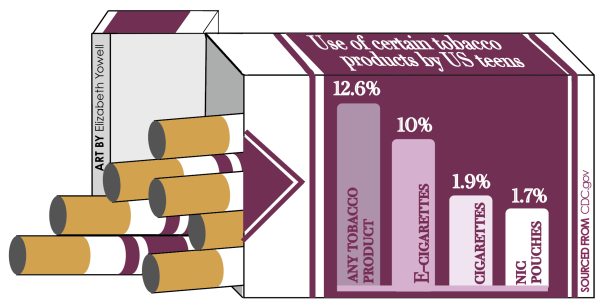
When teens find themselves curious about something they’ve seen online or on T.V., they are most likely to look to the media they most used to research more about it.
“I think kids see things on TikTok, and they can’t help themselves. I think they feel that it’s a reliable source on the internet. Because if kids truly researched what nicotine did to your body or does to your body, I think it would scare a few of them,” Wissel said.
In the world of social media, algorithms, like those utilized by popular app, TikTok, rely on confirmation bias, meaning teens using the app will see what the app thinks they want to see, creating a narrative based on their interests and interactions with certain types of content.
“I think they’ve been told, ‘there’s so many chemicals in them,’ but they don’t really care,” Nixon said. “I think a lot of people that do it either think it’s really cool or might have some of their own insecurity that draws them to it. They don’t really care if they’re damaging their body.”
It takes a village
With access to all kinds of media that contain varieties of e-cigarette promotion and ads depicting a fun narrative, it can be hard to protect teens from everything their brains consume on the daily.
“The only thing we can do is keep teaching it. Our new health units are all about reliability and truthfulness,” Degelia said. “Until you know somebody that’s done it, or you see a picture of something, I think that’s the only thing that might change their mind on it. You can tell them until they’re blue in the face, but they’re going to have to make a choice about whether they’re going to do it or not.”
As a friend, family member, teacher, doctor or anyone who interacts with the young and growing minds of today’s teenagers, sometimes the best they can do is talk about it.
“Nicotine is one of the most addictive drugs out there,” Busceme said. “The majority of adults who smoke in their 30s and 40s probably wish they didn’t, and giving that up is much more challenging. So, I mean, I will talk about it. I encourage quitting, because the earlier they try to quit, the easier it’s going to be.”
As a result of their advertising, E-cigarette companies, like Juul who, according to a 2023 NBC article, ‘is set to ‘pay $462 million to California, New York and other states over claims it marketed vapes to minors,’ are facing consequences on the legal level.
“Juul just got hit on vaping the same way the cigarette companies did because they were catering to younger people,” Degelia said.
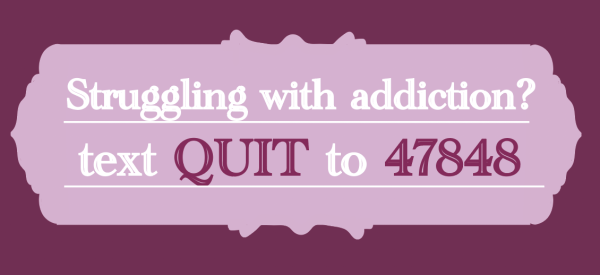
There are several corporations who are cracking down on e-cigarette companies, calling them out for their marketing, and releasing anti-vape ads on social media to combat companies at the source.
“There’s a corporation called The Real Cost,” Nixon said. “I always give those ads on Snapchat. They’re very dark, very black, and they always have an actor saying something like ‘my friends told me I could do it. My friends told me I should do it, but then now I’m dead,’ or something like that, something super dramatic, and it definitely makes it seem like it’s bad.”
Although there are several corporations, like The Real Cost, who are attempting to prevent teen nicotine use, and parents, teachers, and doctors who want to see American teens protected from addiction, e-cigarette companies are reaching kids in ways, that many times are out of their control.
“I don’t think there’s an easy fix that we could do as adults, or as friends even, because a friend probably won’t listen,” Nixon said. “ I think the companies themselves would have to release all the information about how dangerous they are. The companies themselves would have to stop marketing to teenagers.”


